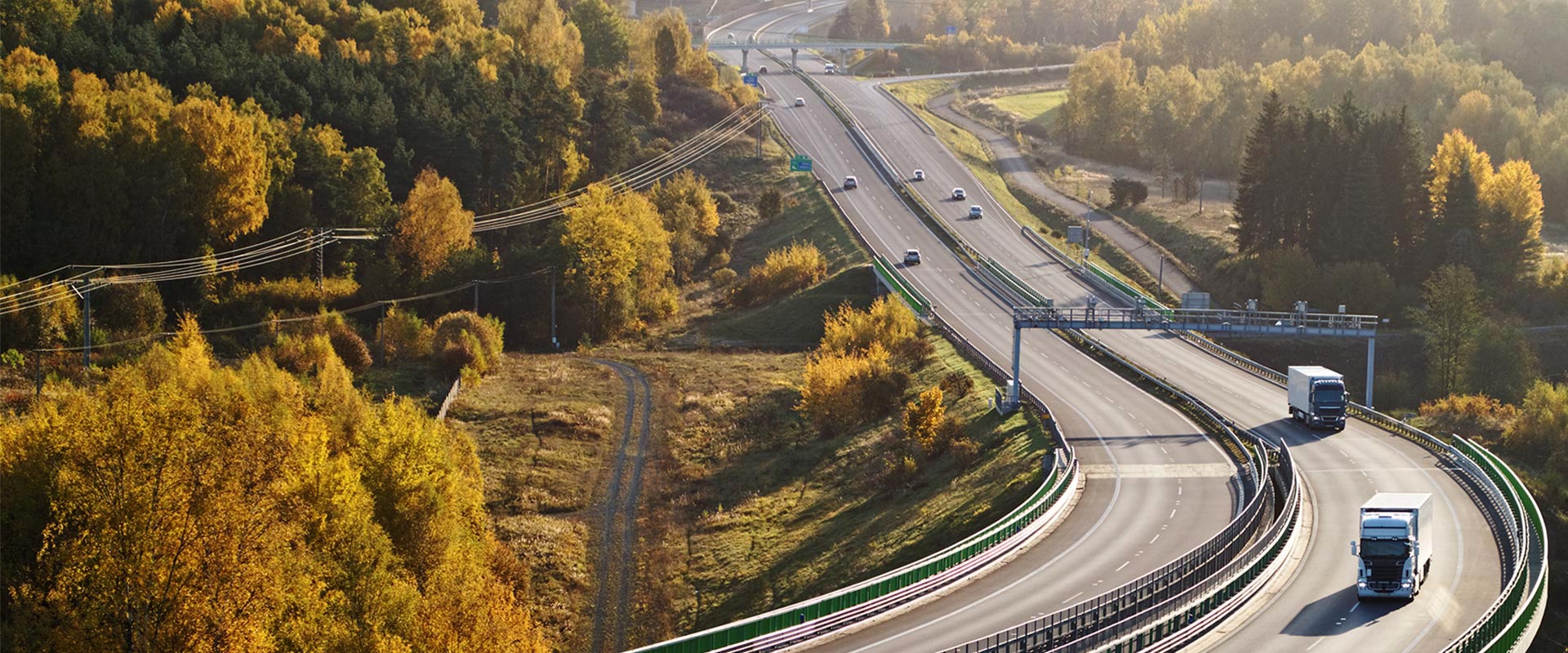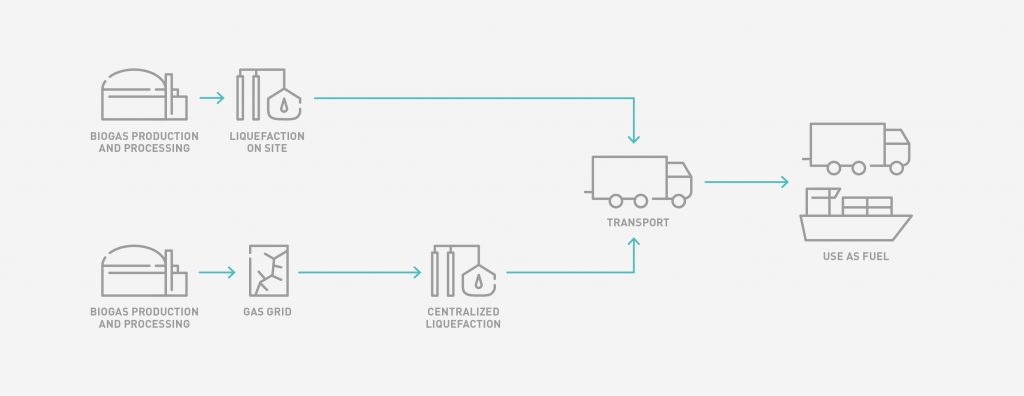
INDIVIDUAL CONSULTANCY
FOR BIOGAS PLANTS
NEW PERSPECTIVES AND LONG-TERM PROCEEDS
BIO-LNG – LIQUEFIED BIOMETHANE



Your biogas plant is not (yet)
connected to the gas grid and
you want to learn about your options?
You have a biogas plant and want more flexibility?
You produce bio-LNG and are
looking for new distribution channels?
Liquefied at -162 °C directly at the biogas plant, biomethane opens up new marketing perspectives in the form of bio-LNG:
We can pave the way for your bio-LNG to enter the rapidly growing market at LNG filling stations. As such, it can directly replace fossil LNG, thus contributing to effective CO2 reduction in road transport and shipping.
We will gladly support you in realizing your project, no matter which stage you are at. Profit from our expertise and put your trust in one of Europe’s industry leaders in the biomethane field.

JOHN COSMO DWELLE
Head of Business Development, Sustainability
& Verification
Do you have further questions about your options with bio-LNG? We have summarized all the answers in our FAQ.
LNG stands for liquefied natural gas. By changing its aggregate state at around -162 °C, it is possible to transport much larger amounts of energy than CNG (compressed natural gas), therefore it is ideal for powering road transport and shipping. LNG drives are more quiet and emit less CO₂, less particulate matter, and fewer nitrogen oxides than diesel drives.
With the use of bio-LNG, we can further reduce carbon emissions and, depending on the input materials, even achieve a carbon negative footprint. Bio-LNG is thus a key technology for decarbonizing heavy duty transport.
There are two ways for biogas to enter the fuel market as bio-LNG. The gas can be processed directly on site at the biogas plant and then liquefied. This makes the plant more flexible and gives the plant access to the fuel market without the need for access to the gas grid and the associated regulatory and technical hurdles.
Alternatively, centralized liquefaction is possible. In this case, biomethane is removed from the gas network on a mass-balance basis and liquefied at a centralized location. This makes it possible to use positive economies of scale through larger capacities and to match input materials more precisely to the needs of the fuel market.
In both cases, transport from the liquefaction plant to the LNG filling station is done via LNG truck or over longer distances via ISO containers by train or ship. Internationally, LNG is transported in ships (LNG tankers).

By using transport options that do not rely on pipeline infrastructure, your product becomes more flexible by using bio-LNG compared to pipeline-based transport. Plants no longer need to be connected to a gas grid, which reduces regulatory and technical hurdles. In addition, unlike transport via the pipeline network, importing into the fuel market across national borders by truck is already possible today because the regulatory infrastructure already exists.
The use of LNG instead of diesel can already achieve a significant reduction in nitrogen oxides, particulate matter, carbon emissions, and noise emissions in heavy duty transport. In the production of bio-LNG, we use sustainable and renewable materials, making this fuel carbon neutral (except for small emissions associated with the production process and transport). By using certain substrates such as manure or carbon capture technologies at the processing plant, bio-LNG can even produce real negative emissions. This means that using this fuel can actively remove CO₂ from the atmosphere.